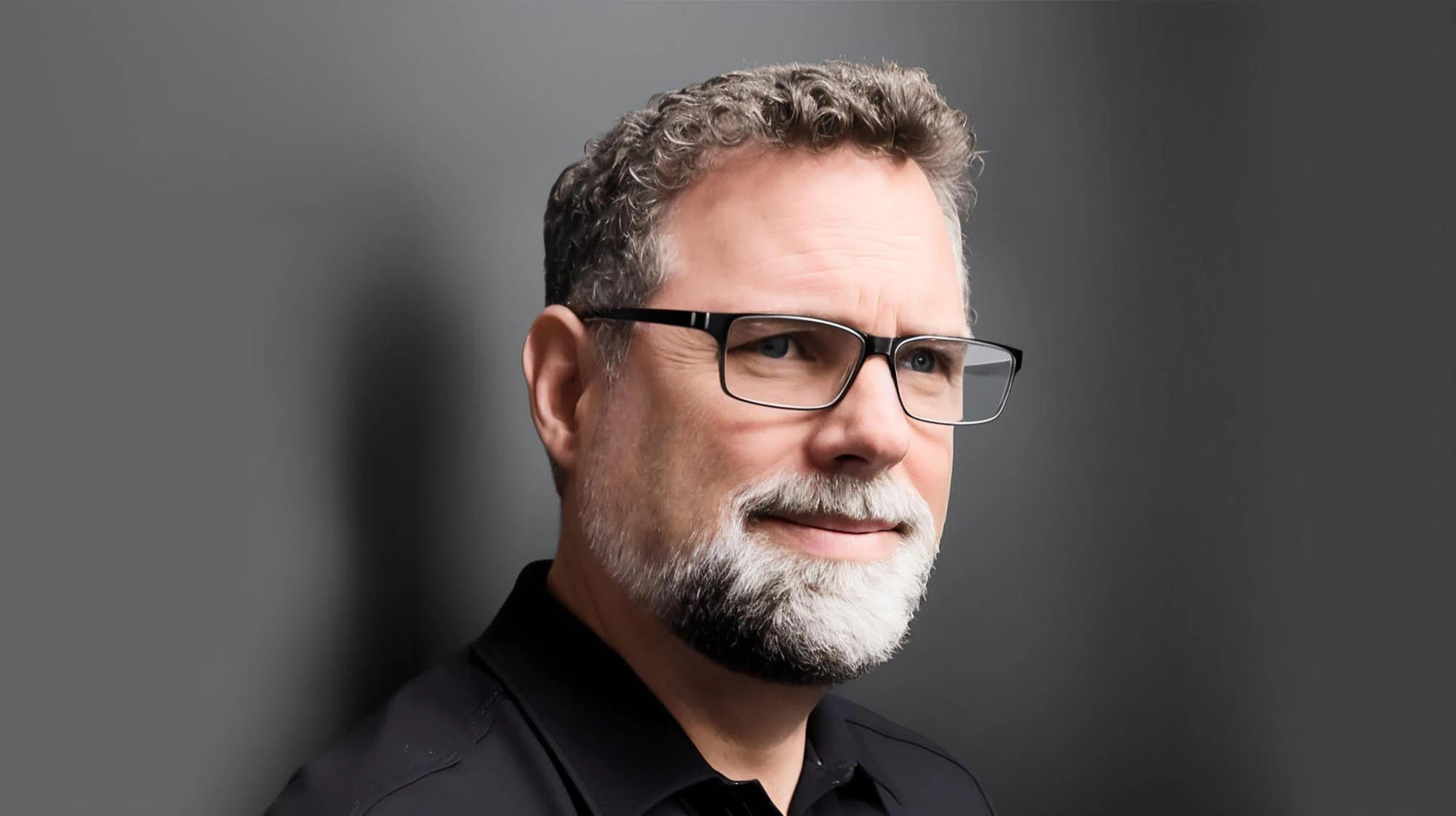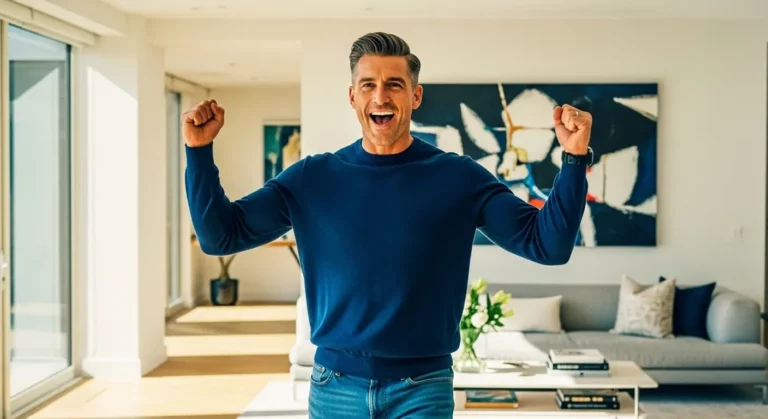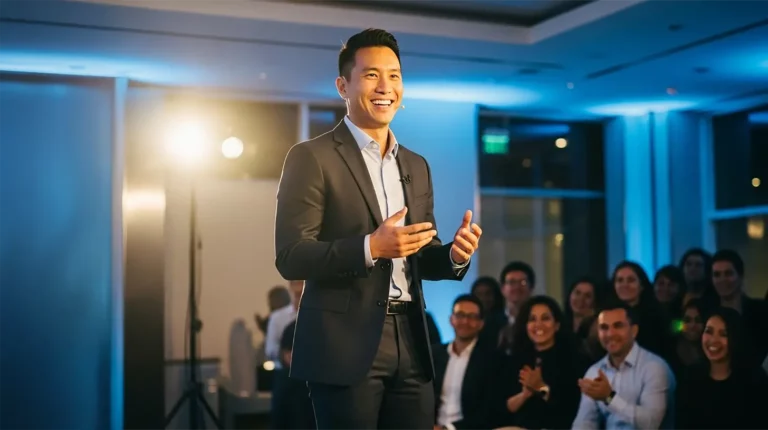This is the story about “but.” Three letters, one word—and with the power to completely change the narrative of a sentence.
“I love you, but…” “You’re a wonderful person, but…” “That won’t work, but…”
“You probably don’t like the buts,” says John Wolpert, the author of The Two But Rule: Turn Negative Thinking Into Positive Solutions. “But, you should.” (Disclosure: This is an affiliate link. If you make a purchase through it, the Mindvalley Book Club may earn a commission at no extra cost to you.)
In fact, he adds that if you want to have the best chance of success in anything and everything you do, you need to “embrace a lot of buts.”
Two buts, to be exact. And when you learn to use this powerful technique, you can flip the script on “but” and turn it into a tool for progress.
Watch the entire sitdown:
What’s the Two But rule all about?
It may sound a little crass (after all, John’s book is littered with innuendos to one’s derriere), but the Two But rule is pretty straightforward:
When someone raises an objection (first “but”), they must follow it with a constructive alternative (second “but”).
What this does is ensure any criticism is always paired with potential solutions. It keeps the momentum going. (It’s essentially momentum thinking by another name.)
You see, when we’re faced with a problem, a lot of the time, we use “but” to negate any possible solutions. It happens so often, one survey found that a third of respondents felt their company didn’t value their ideas. “But” shuts down any motivation and keeps us from taking action.
However, the Two But rule, according to John, brings in a second but. “Instead of saying ‘but’ (you can’t say somebody else’s idea is a bad idea),” he explains on the Mindvalley Book Club with Kristina Mänd-Lakhiani, the co-founder of Mindvalley, “I would say, you can say ‘but,’ but you have to bring a second ‘but.’”
Here’s what it looks like:
- One “but”: “That’s a great idea, but we don’t have the budget for it.”
- Two “but”: “That’s a great idea, but we don’t have the budget for it… But we could achieve similar results by simplifying the design.”
It reframes the situation. It forces you to see things from different perspectives. And it helps identify challenges and use them to create solutions.
Two buts are better than one
To say that the Two But rule is a powerful approach could very well be an understatement. It’s so effective that highly successful people use it—John being one, of course, but also Elon Musk and Lewis and Clark.
For Elon, this method helped him break down the problem of high rocket costs into fundamental principles. This led to innovative solutions like 3D printing and modular manufacturing. And that led to SpaceX dramatically cutting costs and successfully launching the first privately developed spacecraft into orbit.
For the early American explorers, they considered both their own and their crew’s opinions on which river fork to take, scouting around to gather more information before making a final decision. This approach demonstrated effective leadership by balancing exploration with caution.
You probably don’t like the buts. But you should.
— John Wolpert, author of The Two But Rule: Turn Negative Thinking Into Positive Solutions
Here are a few more benefits of using this creative process:
- Encourages team creativity.
- Fosters a safe, collaborative environment where everyone feels heard and valued.
- Promotes a culture of iterative thinking, where each “but” leads to further refinement of ideas.
- Prevents discussions from stalling.
- Shifts the focus from merely identifying problems to actively seeking ways to overcome them.
John highlights the Two But rule in regard to business and leadership innovation during his interview with Kristina. However, this soft skill can be applied to almost everything in life—everything that needs a creative solution.
He explains that overcoming negativity is the main idea, but not by rejecting it. “We want to overcome it by embracing it and turning it into something joyous and positive. That’s the key.”
Using your buts
If you want to be among those known for their high performance at work or even someone who can find ways to solve problems in a relationship, knowing how to apply the Two But rule can be a game-changer.
“The best objective of Momentum Thinking”—a.k.a., the Two But rule—“isn’t compromise,” John highlights in his book. “It’s finding the unexpected, innovative path to meeting everyone’s needs. You use the Two But rule to honor the original intention, honor all the objections, and then find a way to square all sides.”
So here’s what that process of using the buts would look like:
1. The first but: Understand the intention(s)
The key difference between the first and second but, as John explains, lies in understanding intentions. That’s when someone “forms an intent to either overcome a problem or capture an opportunity.”
The first but identifies a problem with someone’s intention. This could be starting a business, changing careers, dealing with a relationship issue, changing the way you behave, losing weight, or whatever else.
So, let’s say the intention is this: “I want to increase our team’s productivity by implementing a new project management tool.”
Adding a “but” here can feel like a dead end. The thing is, though, to effectively use the Two But rule, you must get in touch with the needs behind both the intention and the resistance. If your but is “But we don’t have the budget,” you’re identifying a valid concern.
The problem? Not using the second but can stop that momentum.
2. The second but: Address the need(s)
The whole point of the Two But rule is to keep the momentum going. A second but offers a constructive path forward.
For example, instead of outright dismissing an idea to launch a new product due to cost, you might say, “But we can’t afford that right now. But I understand why it’s important, and maybe we can start with a smaller pilot project.”
It not only provides a solution to the problem but it also acknowledges the person’s intention and shows that you’ve heard them.
“If you can tap in, even when you’re resisting, into somebody’s needs and show that you’ve heard them,” John points out, “then it opens up a window to be able to let them also be receptive to your resistance.”
It’s a way that can help transform the culture from one of opposition to one of collaboration and mutual respect. By always following a negative but with a constructive but, it’s likely that discussions will be productive and forward-moving.
Fuel your mind
No longer do you hear “No buts about it.” Because John Wolpert, with his Two But rule, has given you permission to use your buts. Twice even.
Granted, it’s a mind shift to go from negative thinking to positive solutions. However, it can totally be a powerful catalyst for innovation and progress.
If you want to read more books like John’s The Two But Rule: Turn Negative Thinking Into Positive Solutions, the Mindvalley Book Club with Kristina Mänd-Lakhiani offers you an exclusive gateway to the latest and most transformative self-help books.
Each month, you’ll receive handpicked book recommendations and access to engaging discussions with brilliant authors like John. Sign up now and join a community where every book is a new adventure, and every conversation could spark your next big idea.
And remember, you helped shape the next wave of inspiring reads by nominating your favorite personal growth book for the Mindvalley’s Book of the Year Awards. The nominations have now closed, and the winners are being revealed.
No ifs, ands, or buts about it.
Welcome in.







